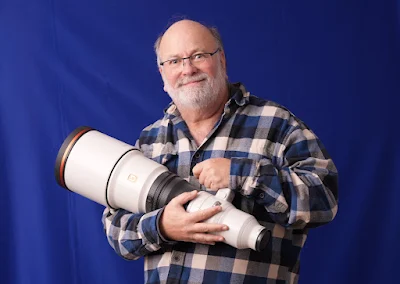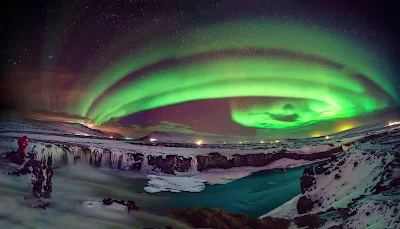So here I was, preparing to lead a photo safari in Africa,
when David Kilpatrick, editor of Cameracraft magazine, sent me a message: “I’m going to write an article
about several different lenses, including the Sigma 150-600mm EF lens (Canon mount) with converter, and adapting this Canon fit kit to Sony”, he says. “Good timing”, I said, “I’m going to be
testing two 600mm lenses while in Africa.
Why don’t we do a comparison?”
So we started planning.
I arranged for a loan of two additional lenses for testing, making a
total of 4 lenses on my side of the pond. The four lenses were:
1. The Sigma 60-600mm f/4.5-6.3 DG DN OS Sports Lens (Sony mount) – the 10x range appealed to me for the Africa trip, since it meant I wouldn’t have to change lenses much and risk getting dirt on the sensor. Price: $1,920 USD.
2. The Sony RX10 IV, my favorite travel camera since
it has an incredible 24-600mm (35mm equivalent) lens permanently attached to the lightweight
body. It achieves this portability by
employing a small, 1”-type sensor. Price: $1,698.
3. The Sony FE 200-600mm f/5.6-6.3 G OSS Lens, Price: $1,898
4. Sony FE 600mm f/4 GM OSS Lens, which costs a
mere $12,998 (!)


.jpg)













